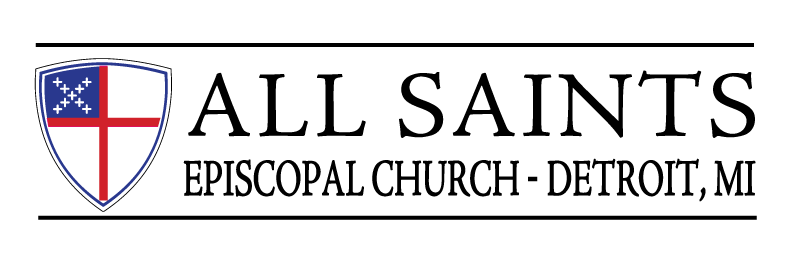The Christian year is as old as the Resurrection of our Lord and as new as the latest revisions. With the resurrection, the disciples of Jesus began a weekly celebration of the event on the First Day of the week. These disciples, like their Lord, had all their lives observed the Jewish Ritual Year. But eventually they substituted Sunday, the First Day of the week, for Saturday the Seventh Day, Easter for the Passover, and the Baptism of the Holy Spirit for the giving of the Law from Sinai. Together with this they soon began to observe the Nativity of the Lord. Adding certain preparatory and penitential seasons, they had by the sixth century developed a Christian Year for the order of worship, substantially as we have it today.
- The four weeks of Advent (“Coming”) are devoted to preparation for the Feast of the Nativity (Christmas) – and the preparation for His second coming, in majesty, to judge the world.
- Then, following the events of his earthly life in self-sacrifice, we celebrate His Death, Resurrection, and Ascension (Easter)
- And the descent of the Holy Spirit on Pentecost (Whitsunday).
- The second half of the Church Year is co-ordinate with the first, since it celebrates the continuing work of Christ, in His Church, by the Spirit.
Certain dates are fixed dates, others are movable, depending upon the date of Easter. Easter falls on the Sunday after the 14th day of the Paschal moon – that is the Calendar moon whose 14th day falls on, or follows next after, the vernal equinox, March 21st.
- In addition to events in our Blessed Lord’s life, certain saints and martyrs are commemorated
As dominating colors in nature change with the season of the fourfold year, there is also structured change in the colors of the Eucharistic vestments, the liturgical colors. This sequence of liturgical colors has a principal role in Christian visual education, in teaching the Gospel through the eye.
- WHITE – This color symbolizes joy, purity and truth, is used on the Sundays and open days of Christmastide and Paschaltide; on all Solemnities except Pentecost and Holy Cross Day; Feasts, Memorials and Votive Masses of the Blessed Virgin, the angels, and saints who were not martyrs; Nativity of St. John Baptist, Confession of St. Peter, Conversion of St. Paul, Independence Day and Thanksgiving Day; Ritual Masses for Baptism and Matrimony, and optionally for Confirmation; and Votive Masses of our Lord, the Holy Trinity and the Eucharist, and optionally for Masses for the Dead. Gold is sometimes used in place of white on major feasts.
- RED – The color of fire and blood, is used on Pentecost; optionally on Palm Sunday and Good Friday; feasts and Votives of the Passion of our Lord and of the birthday feasts of the Apostles and Evangelists; feasts and votives of the Martyrs; Votives of the Holy Spirit; Ritual Masses for Ordination and optionally for Confirmation.
- GREEN – The color of living things and of God’s creation, is used on the Sundays and ferias (Ferias are local fairs or festivals, usually in honor of a patron saint in Spanish-speaking countries) in the season after Epiphany and Pentecost.
- VIOLET – This color is symbolic of penitence and expectation, is used in the seasons of Advent and Lent; for Votives penitential in nature or for the gift of healing; for Penance and Unction; may also be used for the offices and Masses for the dead, and on Ember and Rogation Days.
- BLACK – This color is symbolic of deep sorrow, may be used for Good Friday and for offices and Masses for the dead.
- ROSE – This color symbolizes penitence permeated with joy, may be used on the Third Sunday of Advent and the Fourth Sunday in Lent.
- BLUE – This color in the lighter shades is sometimes used on feasts of the Blessed Virgin. In darker shades of indigo, blue is frequently used during Advent.
Source: Asbury Publishing Company
Share this:
- Click to print (Opens in new window)
- Click to share on Facebook (Opens in new window)
- Click to share on Twitter (Opens in new window)
- Click to share on LinkedIn (Opens in new window)
- Click to share on Pinterest (Opens in new window)
- Click to share on Reddit (Opens in new window)
- Click to share on WhatsApp (Opens in new window)
SEARCH
The SEASON of LENT
This is the fourth season of the church year. Click here to read more about the SEASON of LENT.
